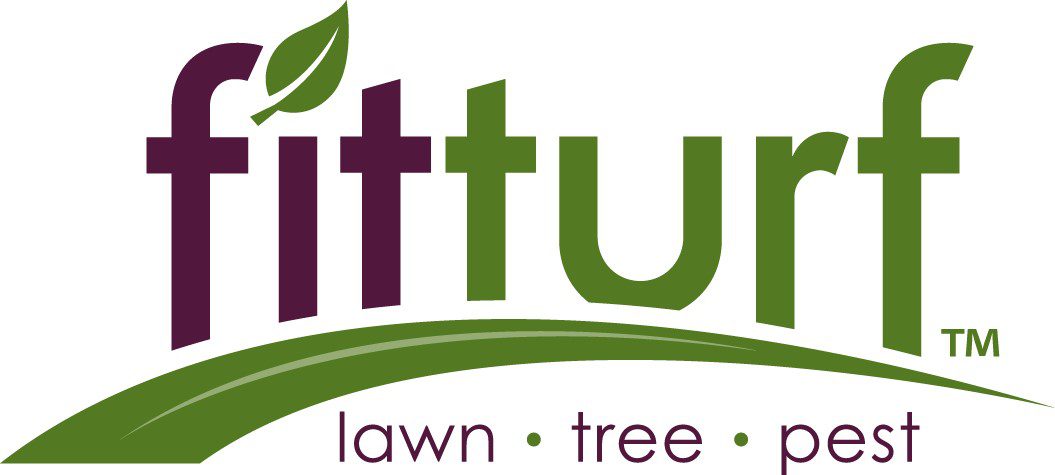Customer Support
303.221.6900Denver Tree Guide
If you live in the greater Denver, Colorado area, you know that trees are huge part of the outdoor environment. In this guide, our team at Fit Turf has compiled a list of some of the most common trees in Colorado, with information of each to learn you learn more. For comprehensive tree care services from the state’s top team, contact us today!

Bristlecone Pine:
Colorado bristlecone pines grow at elevations above 9,500 feet and are characterized by evergreen needles with white pitch that grow clusters of five along their twigs. Typically growing to only 30 feet in height, bristlecone pines have rather scaly cones and bark, and usually grow on exposed, cold, dry and rocky slopes or mountain ridges.
Colorado Blue Spruce:
These coniferous trees have gray-brown bark and sharp, stiff needles that are typically blue or green in color. Growing in regions 6,500-11,000 feet above sea level, the Colorado Blue Spruce can reach heights of 100 feet and grows small, scaly cones 2-4 inches in length.
Douglas-Fir:
Douglas-fir trees are tall, evergreen coniferous trees that typically grow in mixed conifer forests in moister regions at 6,000-9,500 feet. They can grow well over 100 feet and typically have many thin, rounded cone scales on top of long, 3-pointed, winged seeds that stick out beyond scales themselves.
Engelmann Spruce:
Varying from 30 to well over 100 feet in height, Engelmann Spruces have evergreen needles and oblong, chestnut-colored cones. They have relatively shallow roots and grow in moist conditions at elevations of 8,000-11,000 feet.
Limber Pine:
Growing in nutrient-poor, rocky soils at elevations of 5,000-12,000 feet, the limber pine gets its name from its flexible and widely-spaced limbs. Typically around 40-50 feet in height, the limber pine is characterized by slender blue-green needles and yellow-brown egg-shaped cones with relatively thick scales.
Lodgepole Pine:
Lodegepole pines are slender coniferous trees that grow in fire-prone soils at elevations of 6,000-11,000 feet. Lodgepole pines require heat from fire to open their egg-shaped cones and release seeds.
Narrowleaf Cottonwood:
These coniferous trees have broad leaves that are green with white undersides in the spring and summer, and yellow in the fall. The can reach heights of 60 feet and are typically found along streams at elevations of 5,000-8,000 feet. Narrowleaf cottonwood fruit is light brown and hairless, and releases egg-shaped capsules that mature in the spring, then split into two parts containing many cotton-like seeds.
Piñon Pine:
Piñon pines are short coniferous trees that grow at elevations of 5,200-9,000 feet. Wide in shape, they have stout, light-green needles and small cones with edible, oil seeds. They are often found growing in relatively un-forested areas.
Plains Cottonwood:
Plains cottonwoods are large deciduous trees that can grow to nearly 200 feet in height. They are characterized by broad leaves, small fruit containing many seeds and dark gray bark. Plains cottonwoods are found near sources of water at elevations of 3,500-6,500 feet.
Ponderosa Pine:
These relatively common coniferous trees grow at elevations of 6,300-9,500 feet and have long, evergreen needles and reddish brown bark nearly 3 inches thick. Their cones are egg shaped and typically 3-4 inches in length. Ponderosa pines can grow anywhere from 40 to 160 feet in height.
Quaking Aspen:
Famous in Colorado, the quaking aspen get its name from its small, circular leaves that flutter back and forth in the wind, giving the impression that the tree itself is quaking. These coniferous trees have green-white bark, catkins, and typically reach heights somewhere between 30 and 50 feet. They can be found in many soil types at elevations of 6,500-11,500 in feet.
Rocky Mountain Juniper:
Characterized by reddish, fibrous bark and soft, evergreen scale-like needles, Rocky Mountain junipers grow at elevations of 5,000-9,000 feet and can reach 50 feet in height. Droopy in shape, these trees drop small, blue-gray berries with one to two seeds inside.
Subalpine Fir:
Subalpine firs are found at elevations of 8,000-12,000 feet and typically grow in forests with other alpine conifers. They can reach heights of 100 feet and have evergreen needles that are densely clumped and curve upwards nearly at right angles. Subalpine fir’s long, hairy cones typically fall apart at maturity and are thus rarely found on the ground.
White Fir:
Light gray bark and blue-green silvery needles are defining characteristics of this light-colored conifer. White firs grow at elevations of 7,900-10,200 feet and grow over 100 feet in height.
Want to learn more about the many trees of the greater Denver, Colorado region? Contact our tree experts here at Fit Turf today!

